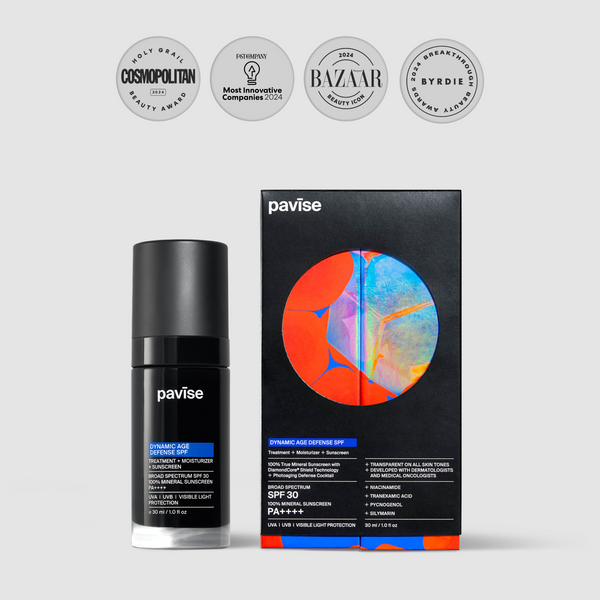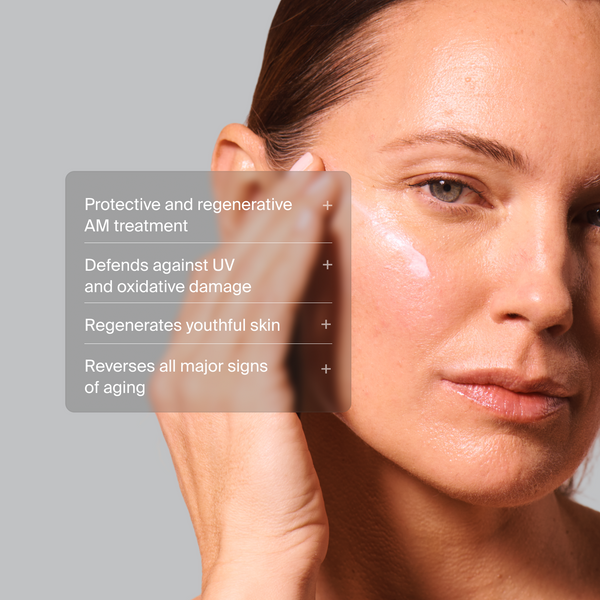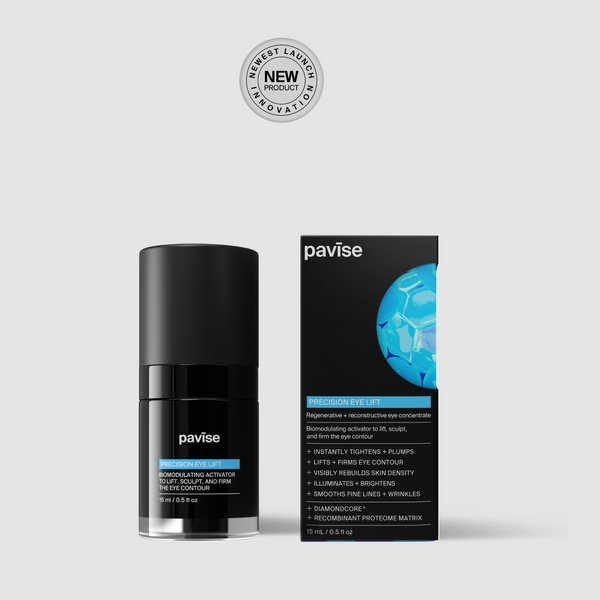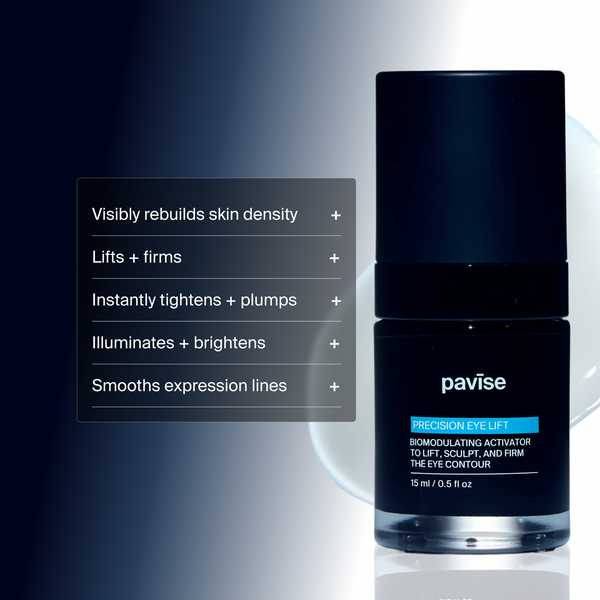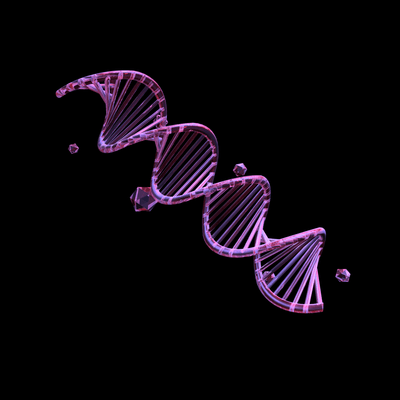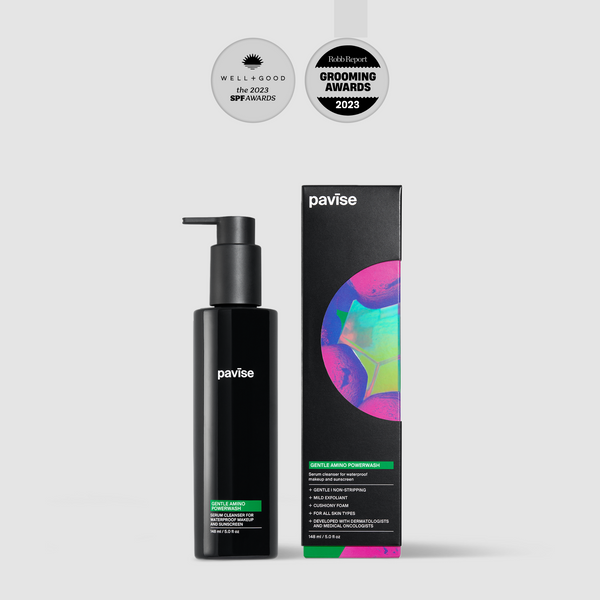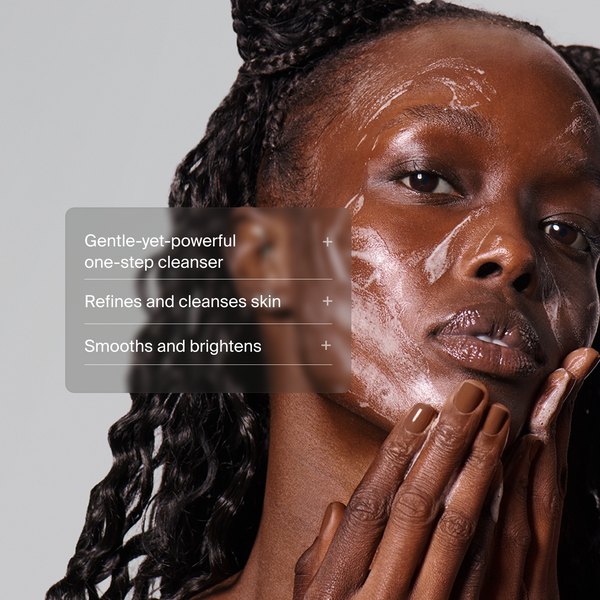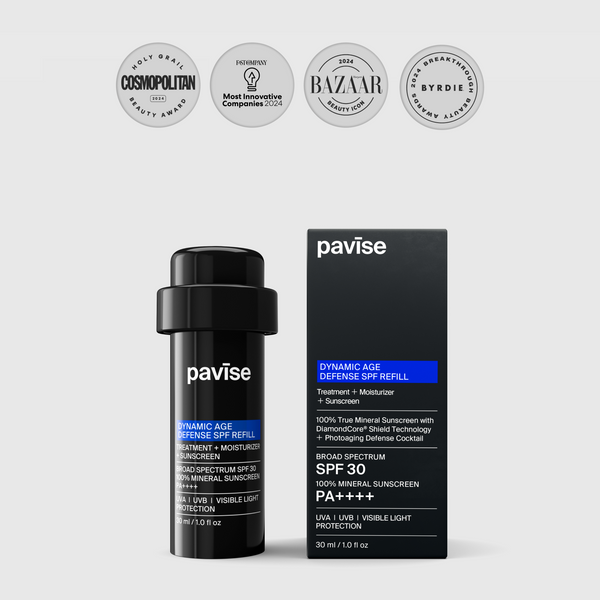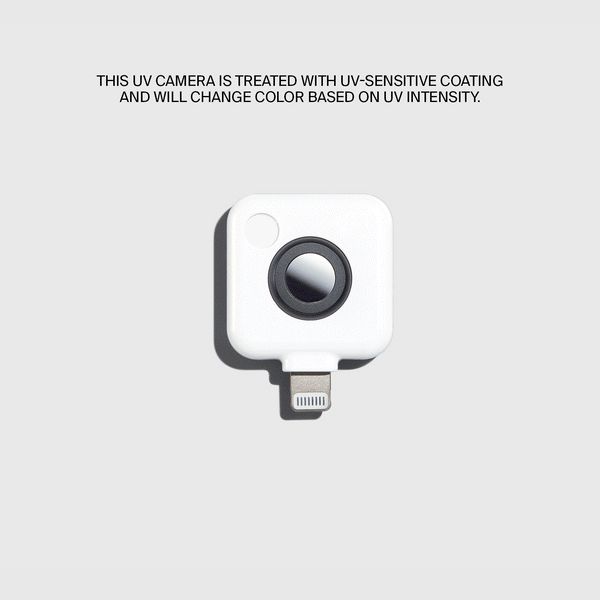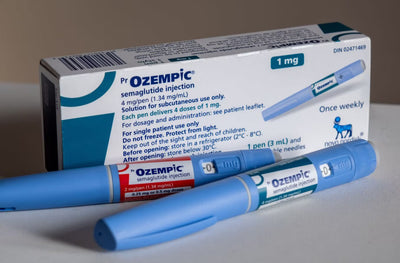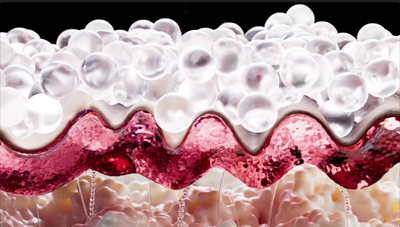THE CELLULAR REASON BEHIND AGING (AND HOW TO TREAT IT)
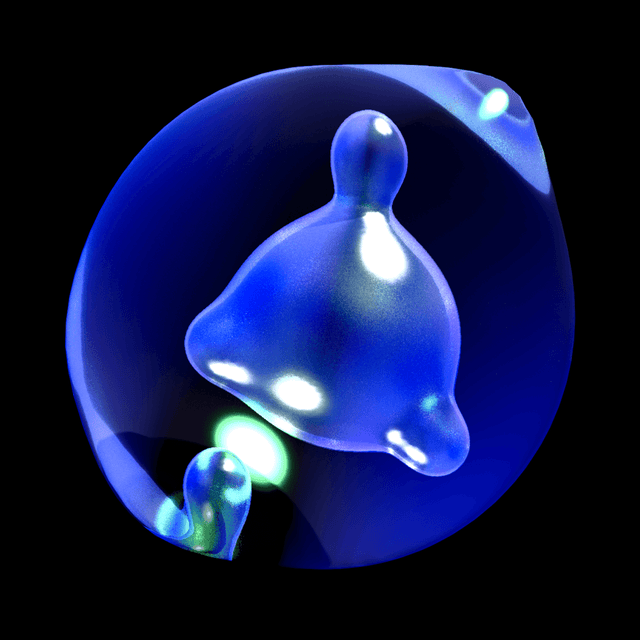
What you need to know
Over time, certain cells in the body enter a state where they stop dividing but remain active, releasing signals that alter their surroundings and contribute to tissue decline. This shift can be triggered by internal stressors such as telomere shortening, accumulated DNA damage, and mitochondrial dysfunction, each setting off pathways that halt cell growth.
While this process helps prevent damaged cells from replicating, its gradual buildup disrupts normal function and accelerates aging. Strategies that reduce oxidative stress, protect DNA, and control inflammation can help limit these effects and support healthier, longer-lasting tissue function.
Aging is more than the passage of time; it is the gradual accumulation of changes at the cellular level that affects how our tissues function and repair themselves. One key process behind this shift is cellular senescence, a state where cells remain metabolically active but no longer divide. Over time, the buildup of these cells alters the surrounding tissue environment, driving both visible signs of aging and underlying functional decline. Exploring what triggers senescence can help us understand why aging happens the way it does, and how we might slow its impact.
What is cellular senescence?
The concept of cellular senescence was first introduced by Hayflick and Morehead in 19611. It has since been officially defined as the irreversible, stable cell cycle arrest characterized by its expression of a senescence associated secretory phenotype (SASP)2,3. In other words, cells have a limited number of times that they can replicate either due to intrinsic or extrinsic factors. They can become damaged, but not to the point that they die out. Instead, they simply cease proliferation in order to ensure that damaged cells do not continue to replicate2. While experiencing this growth arrest, senescent cells begin to change their behavior and structure. They can become larger and flattened, and the nucleus can even change as well. They also experience changes in gene expression which causes different proteins to express. This leads to the change in secretome that characterizes senescent cells4.
There are many different causes of cellular senescence because it can vary depending on cell type and environment2,4. It also depends on what the stressor might be: extrinsic or intrinsic. These stressors are often working in tandem as well, all ultimately leading to the final state of senescence4.
*This article goes in depth on the intrinsic stressors that cause cell senescence, but we also have more information on extrinsic stressors such as photoaging caused by UV exposure or pollution which both induce senescence as well.
What are intrinsic causes of cellular senescence?
Part of the reason there are different types of senescence is because they are classified differently based off of the stressors that cause it. Some intrinsic forms of senescence are telomere dependent replicative senescence, DNA damage induced senescence, or mitochondrial dysfunction associated senescence4. These are all deemed separate senescence types because of the difference in triggers as well as some differences in the secretory phenotype, but they can all go hand in hand as well.
Telomere shortening was one of the very first triggers discovered for inducing replicative senescence1,2. When cells proliferate, a copy is made of everything in the cell in order to form two new identical daughter cells. Part of this process involves the replication of DNA, so that the daughter cell can have the same sequence as its parent cell. The DNA replication process requires many different enzymes, but the important one that creates a new DNA strand is DNA polymerase. DNA polymerase functions by reading along a DNA half strand and synthesizing the other half of the DNA strand. The issue with this process is it can only be read in one direction, and it needs a starting point called an RNA primer. This causes something called the end replication problem. A primer is placed at the very end of the DNA strand, but now the DNA where the primer is located cannot be copied. This would mean that with every cell replication, there would be information lost at the end of the DNA strand. To solve this problem, telomeres are added to the end of DNA strands which give extra space for a primer to be placed. Telomeres are long, noncoding strands of DNA which means that with each replication, they can shorten, and no information will be lost. This brings about the other issue that leads to senescence: the telomeres become too short2. With each replication, they lose a bit of length until it reaches a point where the cell can no longer replicate. This causes the cell to go into a senescent state where it does not die but remains active in the tissue2.

The primers are needed for DNA polymerase to work, but notice how at the end, they are removed and there is a missing portion of the new DNA strand.
There is also generic DNA damage that can cause cell senescence. Cellular senescence is one of the major biomarkers of aging, and studies have shown that with chronological aging, senescent cell content increases simply due to DNA damage build up3. DNA damage is extremely common, and it normally resolves itself, but with age, DNA damage repair mechanisms become slowed. This results in the activation of protein pathways that lead to senescence. One of these pathways is the p53/p21 pathway which is a tumor suppression pathway4. Its main function is to prevent the replication of cells. When this is upregulated too much, it can cause cells that are not tumor cells to become senescent and stop functioning properly4.
Finally, there is also mitochondrial dysfunction that leads to cell senescence2,4,5. The mitochondria is an organelle very important in energy generation as well as cell signaling which includes senescence5. Mitochondria are heavily involved in reactive oxygen species (ROS) generation which in small amounts are not damaging. When there is an excessive amount of ROS though, they can become damaging to DNA. This leads to a similar process as explained above of DNA damage leading to cell senescence. The only difference with this process is the damage begins with mitochondrial dysfunction5.
How can we treat aging caused by cellular senescence?
With all of these different stressors leading to cellular senescence, it is not surprising that our body’s express signs of aging because of senescent cell content. To combat the signs of aging caused by cell senescence, we can use treatments that reduce the amount of stress our cells are put under. Our preferred method to do so is with the Pavise Dynamic Age Defense and Bioadaptive Stress Repair. Both of these products contain DiamondCore® technology which has been shown to scavenge up to 80% of damaging free radicals6. Additionally, there are ingredients that downregulate inflammatory factors that also put our cells under stress. By eliminating stressors caused by either external or internal triggers, we can prevent the induction of senescent cells that accelerate aging.

Figure provided by Chin et al
While cellular senescence is a protective process, its buildup over time can disrupt tissue function and accelerate visible aging. Mitigating oxidative stress, supporting DNA integrity, and reducing chronic inflammation are key strategies to slow this process. Targeted interventions that address these cellular stressors can help maintain healthier, more resilient skin as we age.
References
1. Hayflick L, Moorhead PS. The serial cultivation of human diploid cell strains. Experimental Cell Research. 1961;25(3):585-621. doi:https://doi.org/10.1016/0014-4827(61)90192-6
2. McHugh D, Gil J. Senescence and aging: Causes, consequences, and Therapeutic Avenues. The Journal of Cell Biology. 2017;217(1):65-77. doi:https://doi.org/10.1083/jcb.201708092
3. Chin T, Xin Er Lee, Pei Yi Ng, Lee Y, Dreesen O. The role of cellular senescence in skin aging and age-related skin pathologies. Frontiers in Physiology. 2023;14. doi:https://doi.org/10.3389/fphys.2023.1297637
4. Kumari R, Jat P. Mechanisms of Cellular Senescence: Cell Cycle Arrest and Senescence Associated Secretory Phenotype. Frontiers in Cell and Developmental Biology. 2021;9(1). doi:https://doi.org/10.3389/fcell.2021.645593
5. Correia‐Melo C, Marques FD, Anderson R, et al. Mitochondria are required for pro‐ageing features of the senescent phenotype. The EMBO Journal. 2016;35(7):724-742. doi:https://doi.org/10.15252/embj.201592862
6. Bai X, Yan J, Gilchrest BA. Next Generation Zinc Oxide-Based Sunscreens: Molecular Characteristics and Advantages. Journal of Investigative Dermatology. Published online August 24, 2023. doi:https://doi.org/10.1016/j.jid.2023.07.020
By Elia Rodriguez - Updated September 24, 2025
